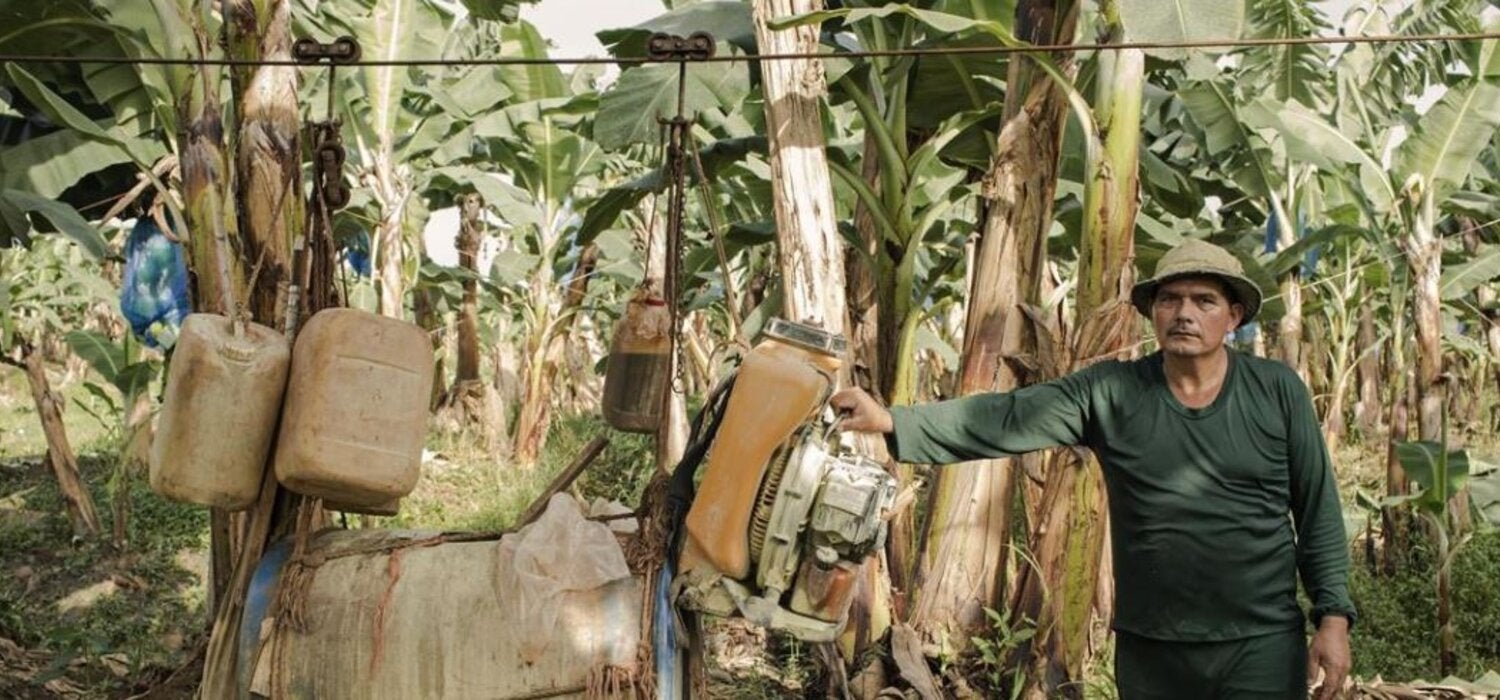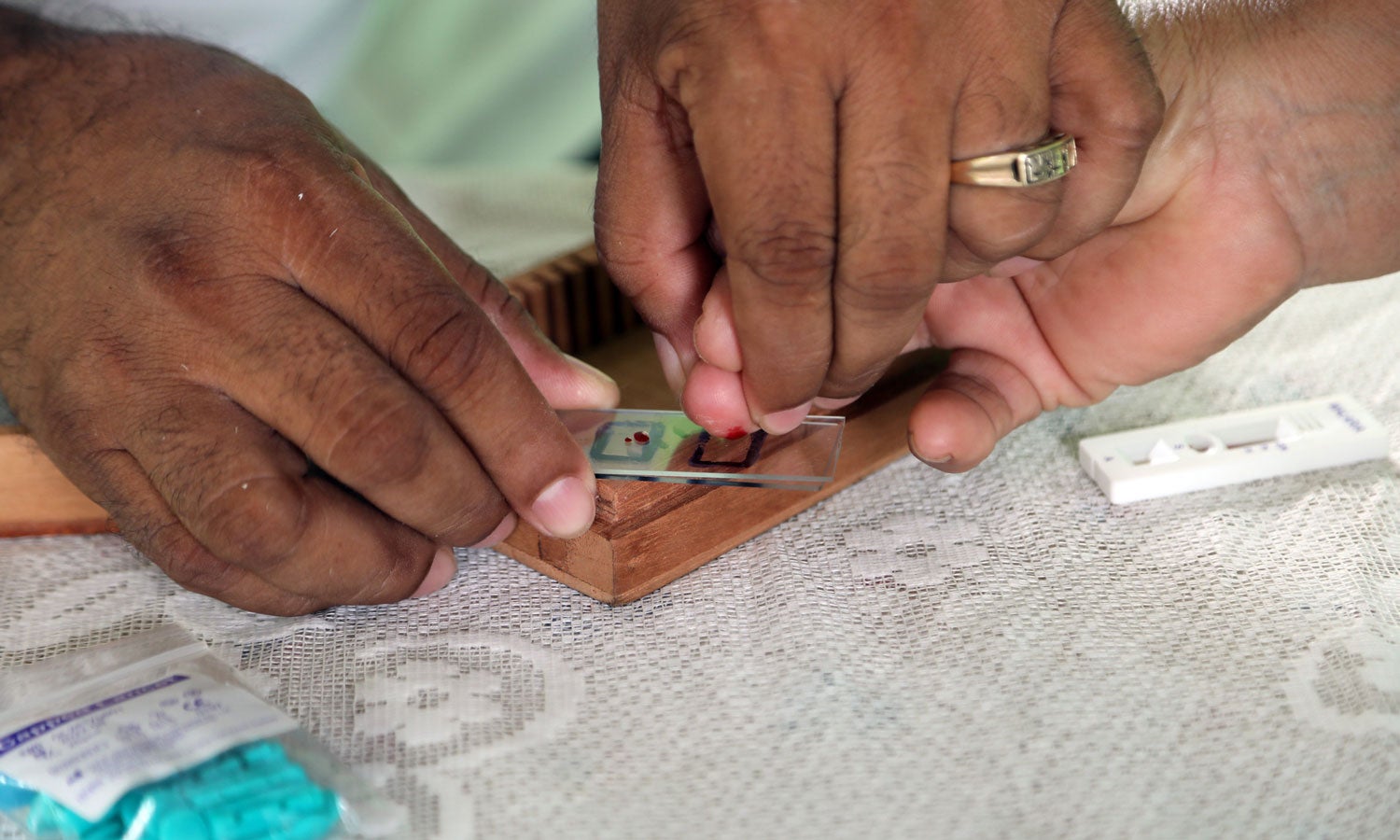A mere mention of Costa Rica can conjure up images of tropical rainforests, beaches, volcanoes and some of the most diverse flora and fauna on the planet—a country that has placed itself squarely on the global ecotourism map. Yet there is one aspect of this Central American nation that is, perhaps, less known: its decades-long fight against malaria.
.
Costa Rica is one of 21 countries identified by WHO as having the potential to eliminate malaria by 2020. Its success in bringing down cases of indigenous malaria—that is, transmission of the malaria parasite within a country’s own borders—has been commendable, so much so that it has received an award from the Pan American Health Organization in recognition of the strides made. Notably, no one has died from malaria since 2009.
However, after recording three consecutive years of zero indigenous cases between 2013 and 2015, local transmission of the disease has slowly been creeping upwards: 4 cases in 2016 and 12 in 2017. Of equal concern is imported malaria: to date, 21 such cases have been detected in 2018, up from five for all of 2017.
In June 2018, the Costa Rican Ministry of Health issued a public health alert following the reporting of 10 imported malaria cases in just one week in the country’s northern region bordering malaria-endemic Nicaragua. The Ministry is working to quickly identify and treat imported cases to prevent onward transmission to local communities in high-risk zones of the country. The areas of concern are mainly agricultural sites, like banana plantations.
One such area is the canton of Matina, home to some of Costa Rica’s largest plantations that grow the yellow fruit. Situated next to a major port on the Caribbean Sea, the canton’s agricultural produce is shipped to markets worldwide, making Matina an important economic hub.
Although Matina is far from the area of the recent alert, and no cases of malaria have been reported this year, all 4 indigenous cases reported in 2016 originated from the canton, as well as 2 of the 12 indigenous cases in 2017. Health authorities are not taking any chances and are working with the canton’s fincas bananeras (banana plantations) to step up malaria surveillance activities, particularly among plantation workers and nearby communities.
As part of the WHO Framework for malaria elimination, countries like Costa Rica that are on the cusp of eliminating the disease must demonstrate that they have policies, procedures, and practices in place not only to get to zero cases but to keep their malaria-free status once granted. Recent developments in Costa Rica underscore why it is so important for malaria-eliminating countries to maintain strong vector control and surveillance systems, as well as the ability to respond to outbreaks and prevent re-establishment of malaria in the long term.
In the days following the June health alert, officials of the Área Rectora de Salud Matina, the local health authority, invited WHO to see first-hand the efforts under way to keep the plantations free of malaria and, ultimately, ensure Costa Rica stays on track to eliminate the disease by 2020..


